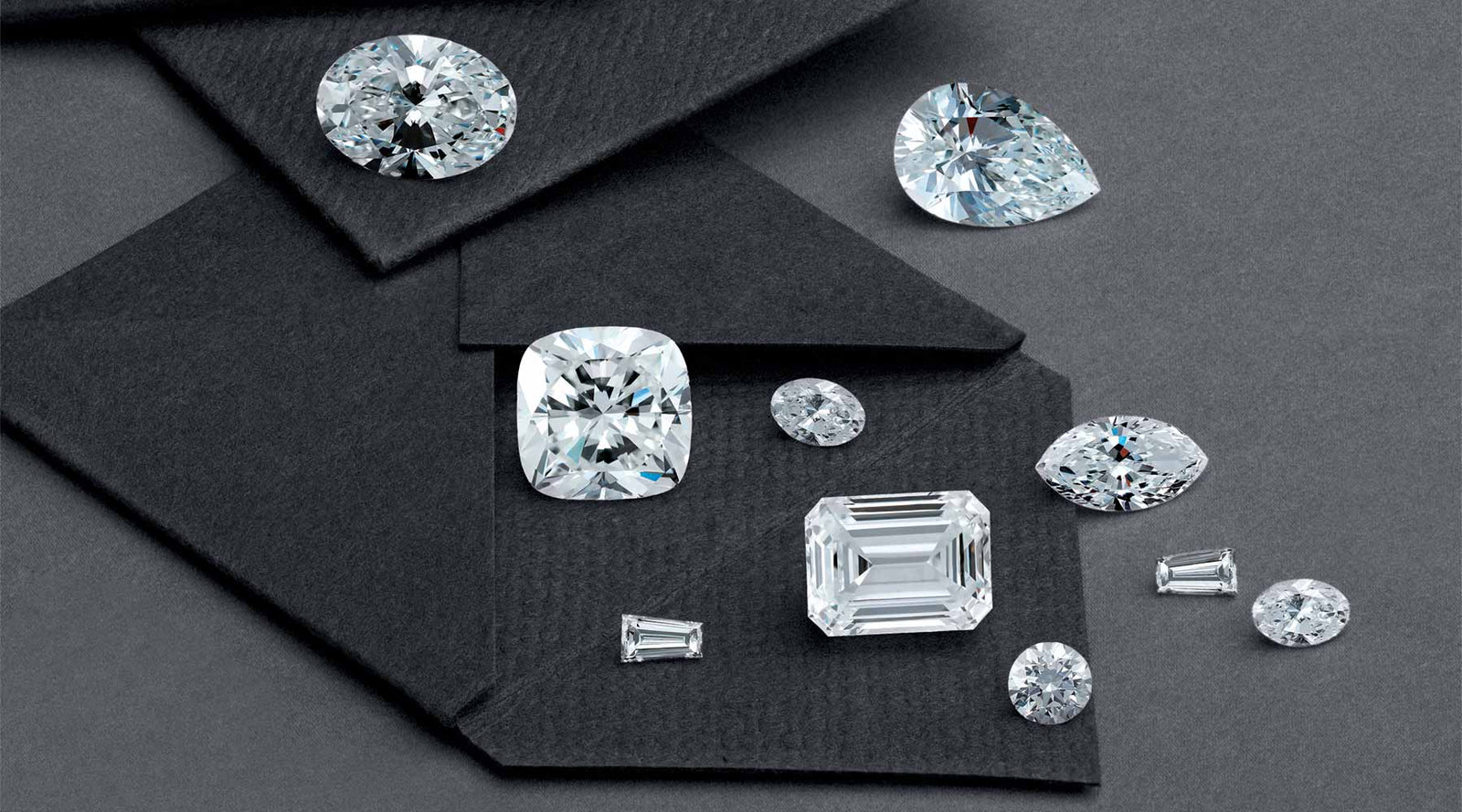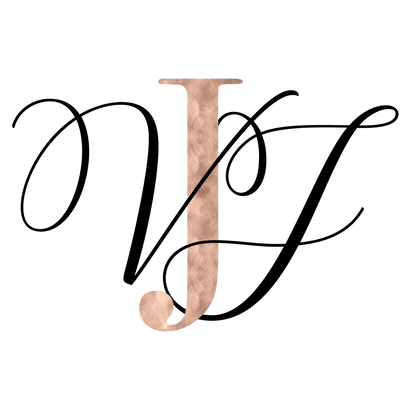Look for FREE shipping at checkout!
Look for FREE shipping at checkout!
Shop All
Education

Diamond Shapes
3 min read
Meet the Shapes

Round

Princess

Oval

Pear

Emerald

Asscher

Cushion

Radiant

Marquise

Heart
Okay, so you might have heard about the 4 C’s of diamonds, but maybe you don’t know exactly what the 4 C’s mean and how they contribute to the overall quality of a diamond. Not to mention diamonds are a big investment and are RARE! So it’s a huge benefit to you to know the basics of diamonds, whether you’re buying one for yourself, someone else or hoping someone buys one for you.
Although this is not one of the 4 C’s, shape plays a big part in your preference of diamonds. There are ten basic diamond shapes to select from round, princess, pear, emerald, Asscher, cushion, radiant, oval, marquise and heart.
-

Round
The round diamond is undoubtedly the most popular and recognizable diamond shape. Even when you think of a diamond, the round shape comes to mind first. The cutting style used in a round is the brilliant cut and has been around since the 1700s. Rounds include 58 triangle and kite-shaped facets that allow light to bounce from the bottom then back through the top giving the diamond radiance and sparkle. This shape is timeless and versatile, fitting into many mounting styles.
-

Princess
The princess diamond is known for being a square shape with sharp electrifying sparkle. The princess uses the brilliant cut as well. Because of the cut of the facets form brilliance, internal flaws can be less noticeable. This reasonably new attention-grabbing cut was created in 1979. The name of this cut is another appeal that draws in the lovers of a princess diamond.
-

Oval
The oval shape has the longest known history, gaining its first recognition in 1304 from the famous diamond known as Koh-I-Noor that resides in London. Ovals gained popularity in the 1960s and have now made a comeback in solitaire mountings. The oval is elongated in shape with the classic brilliant cut creating fire. Ovals can give the illusion of more slenderlooking fingers that appeals to many. A beautifully cut oval will also look big for its carat weight. As a general rule, elongated stones show their size well, while other shapes carry a lot of weight underneath.
-

Pear
The pear shape looks like a teardrop, with a rounded end that comes to a point on the other. Pears are made with a brilliant cut as well. The pear shape can trace its origin to the 1400’s adding rich history. The point of the pear should be worn out towards the fingers adding a slimming effect on the hand.
-

Emerald
The emerald shape was designed to highlight the qualities of emeralds. This cut uses the step cut with long, lean facets that display the center of the stone. The appearance emphasizes the diamond’s clarity more than any other cut. The emerald is like a reflecting pool,gleaming differently from the brilliant cut. The emerald has a rectangle shape and smooth beveled corners for a secure setting area for prongs.
-

Asscher
Created in 1902 by Joseph Asscher, the Asscher shape became famous for the Art Deco style of the 1920s and 1930s. This step cut is similar to an emerald but with more significant, broader set facets. It’s a square with clipped corners. The Asscher diamond embraces the elegance of the emerald style with a balance of brilliance closer to that of a round diamond.
-

Cushion
The cushion is a brilliant cut diamond that is a square shape with rounded corners, often referred to as ‘pillow-like,’ in its shape. This diamond was designed to retain as much weight as possible from the diamond crystal it’s cut from. The cushion diamond is a timeless shape that stems from an early brilliant cut known as the “old mine cut.” The old mine cut dated its history back to the 1700s and was the most popular cut until the 19th century.
-

Radiant
The radiant combines the fiery brilliance of a round with the shape of the emerald. The radiant cut, created in 1977, is a rectangular shape with clipped corners that have the brilliant cut creating a dazzling sparkle.
-

Marquise
The marquise was created by King Louis XV of France in 1745 for his mistress, Marquise de Pompadour. King Louis was inspired by her smile and hired a jeweler to create this diamond cut. The marquise diamond is elongated with a tapered cut that has rounded sides and points on each end.
-

Heart
The heart shape is a beautiful symbol of love and romance. A skilled cutter creates the heart shape using the brilliant cut. The heart-shaped diamond is uncommon in diamond engagement rings but is more prevalent in pendants. Although the heart diamond is uncommon, the shape is ideal for those who want to wear their heart on their finger for everyone to see.
Recent Articles
Note from Torri
Maybe you're a long time follower, or maybe you're new here! Either way I am so thankful you stopped by. Because of YOU we are able to do what we love.





